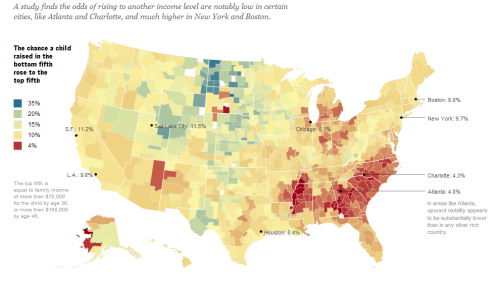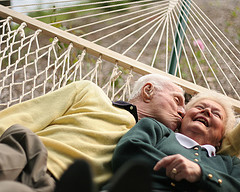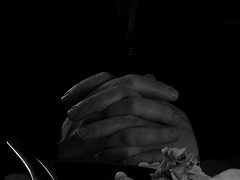 The New American Academy, serving poor non-white youth in Crown Heights, Brooklyn aims to reinvent education, but it may well be a strong contender for building social capital as well.
The New American Academy, serving poor non-white youth in Crown Heights, Brooklyn aims to reinvent education, but it may well be a strong contender for building social capital as well.
Joel Klein, Former Chancellor,New York City Department of Education has written:
“The New American Academy [NAA] is an innovative, potentially very powerful way to provide education to children. It is both brilliant and scalable and holds out the hope of changing K-12 education in major ways.
This is a big idea, something we desperately need if we are going to significantly change the educational outcomes for our children.”
Educationally, NAA started in 2010 as a public school with kindergarten and first graders. Each year they will add another grade until they reach fifth grade. They assign 4 teachers to 60 students who they remain with from grades K-5. The teachers are compensated and promoted based on performance their 60-student flock as well as on peer and supervisory review. OneMaster teacher (paid $120,000 annually) helps supervise the overall direction among 3 less senior teachers who rotate among 3-4 tables.
The school was founded by a Shimon Waronker, “who grew up speaking Spanish in South America, became a U.S. Army intelligence officer, became an increasingly observant Jew, studied at yeshiva, joined the Chabad-Lubavitch movement, became a public schoolteacher and then studied at the New York City Leadership Academy, which Mayor Michael Bloomberg and the former New York Schools chancellor, Joel Klein, founded to train promising school principal candidates.” While a doctoral student in Harvard’s Urban Superintendents Program, he conceived the NAA educational approach based on the elite Phillips Exeter Academy and in 2009 won Harvardʼs Phi Delta Kappa Award for Innovation in Education.
 Waronker, a Hasidic Jew, who sports a long bears and wears a black suit, black hat and a velvet kippa, seems an improbable leader for a non-white inner city school. But he gained credibility after reviving the failing extremely violent Jordan Mott School in the depressed South Bronx and overcoming parental wariness ultimately to gain the trust of parents and students.
Waronker, a Hasidic Jew, who sports a long bears and wears a black suit, black hat and a velvet kippa, seems an improbable leader for a non-white inner city school. But he gained credibility after reviving the failing extremely violent Jordan Mott School in the depressed South Bronx and overcoming parental wariness ultimately to gain the trust of parents and students.
In principle, the school seems unusually well-designed to promote social capital building among the students and teachers. There is a high mix of teamwork, the students get a lot of practice in honing civic skills (like making presentations) and sit around larger tables participating in teacher-led group discussions.
“The teachers are not solitary. They are constantly interacting as an ensemble. Students can see them working together and learning from each other. The students are controlled less by uniform rules than by the constant informal nudges from the teachers all around.” [David Brooks]
“He has a grand theory to transform American education…. The American education model, he says, was actually copied from the 18th-century Prussian model designed to create docile subjects and factory workers. He wants schools to operate more like the networked collaborative world of today.” [Brooks]
Brooks says NAA “does a tremendous job of nurturing relationships. Since people learn from people they love, education is fundamentally about the relationship between a teacher and student. By insisting on constant informal contact and by preserving that contact year after year, The New American Academy has the potential to create richer, mentorlike or even familylike relationships for students who are not rich in those things.”
The school is important for at least two reasons. Much social capital research and socialization research demonstrates that “as the twig is bent, so grows the tree”. These early years are a critical time to teach the soft non-cognitive skills that are increasingly valuable in today’s society like teamwork, building relationships, negotiating differences, etc. So this early experience in building social capital, if successful, could be an important model.
Second, we are increasingly discovering in our own research that working class kids (white and non-white) are increasingly falling through society’s cracks and are falling further and further behind their counterparts from more affluent and educated backgrounds. While it is still to be proven, NAA seems to offer promise for what schools could do to start to close these gaps among kids who happened to be born on the wrong side of the tracks.
I look forward to the research that compares the educational and social outcomes of kids attending NAA against their matched counterparts who don’t.
Read David Brooks’ “The Relationship School” in the NYT (3/23/12)
Read “60 First Graders, 4 Teachers, One Loud Way to Learn” (NYT, 1/11/2011) [Slide show here.]










